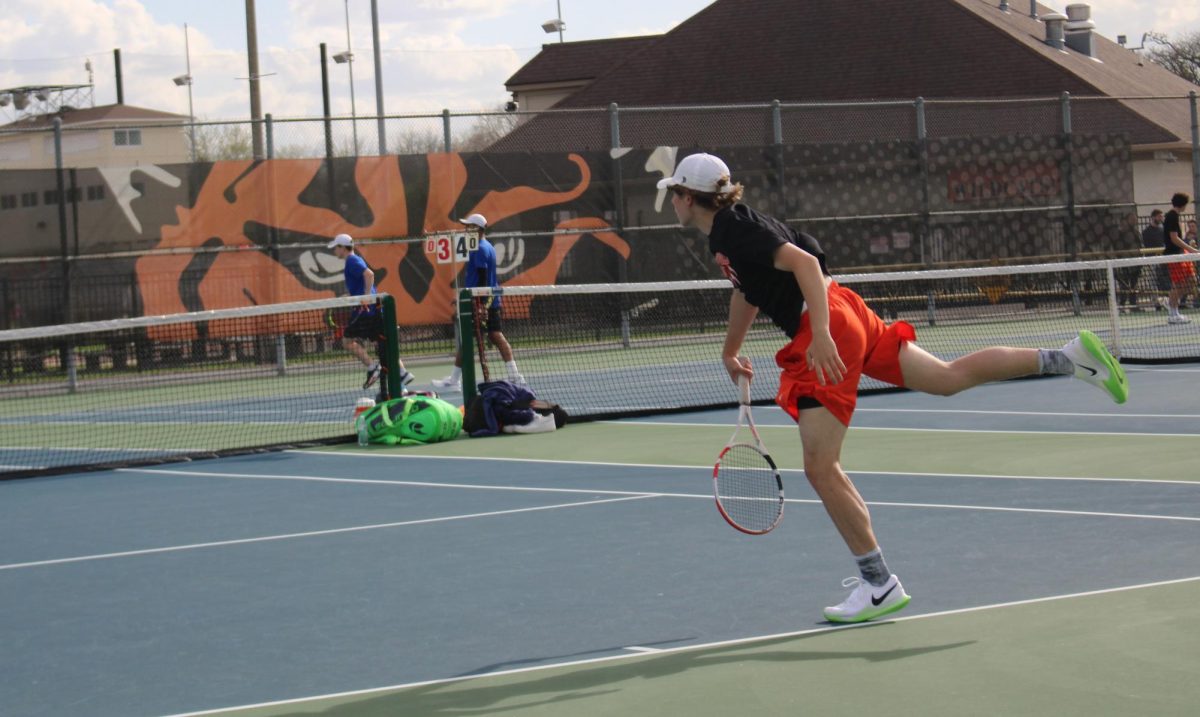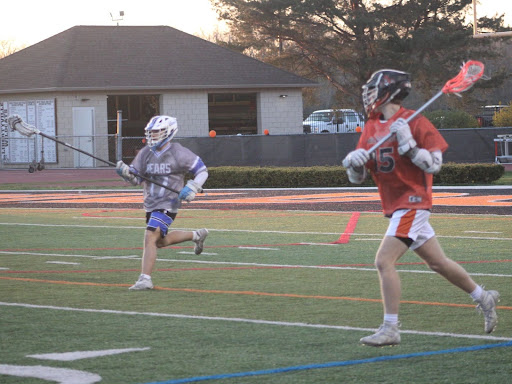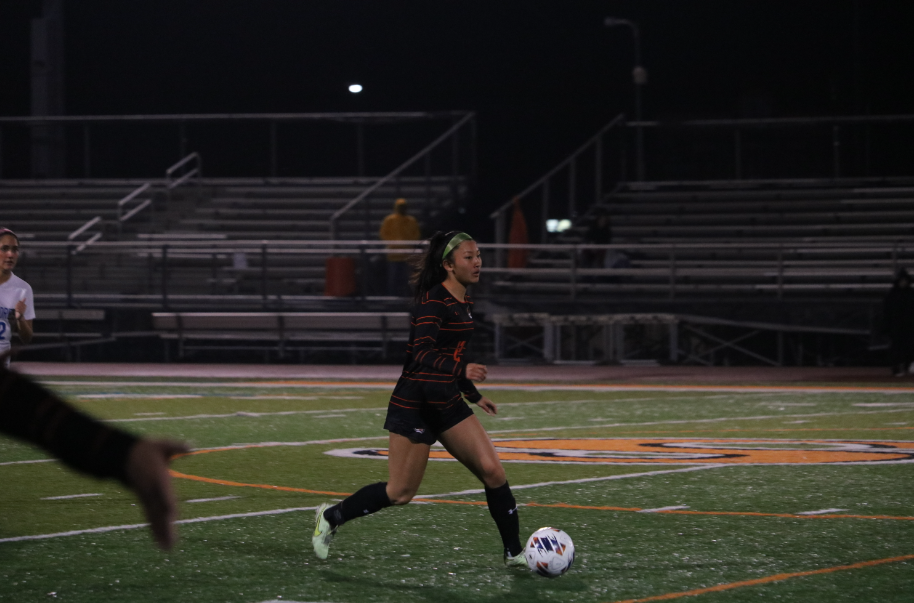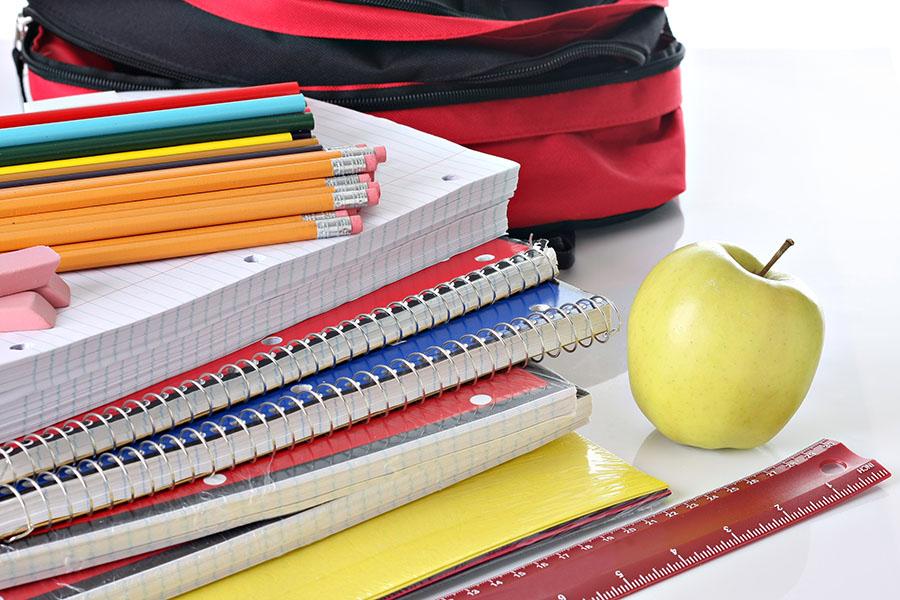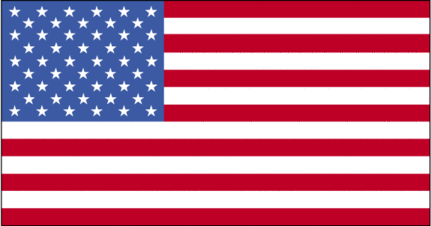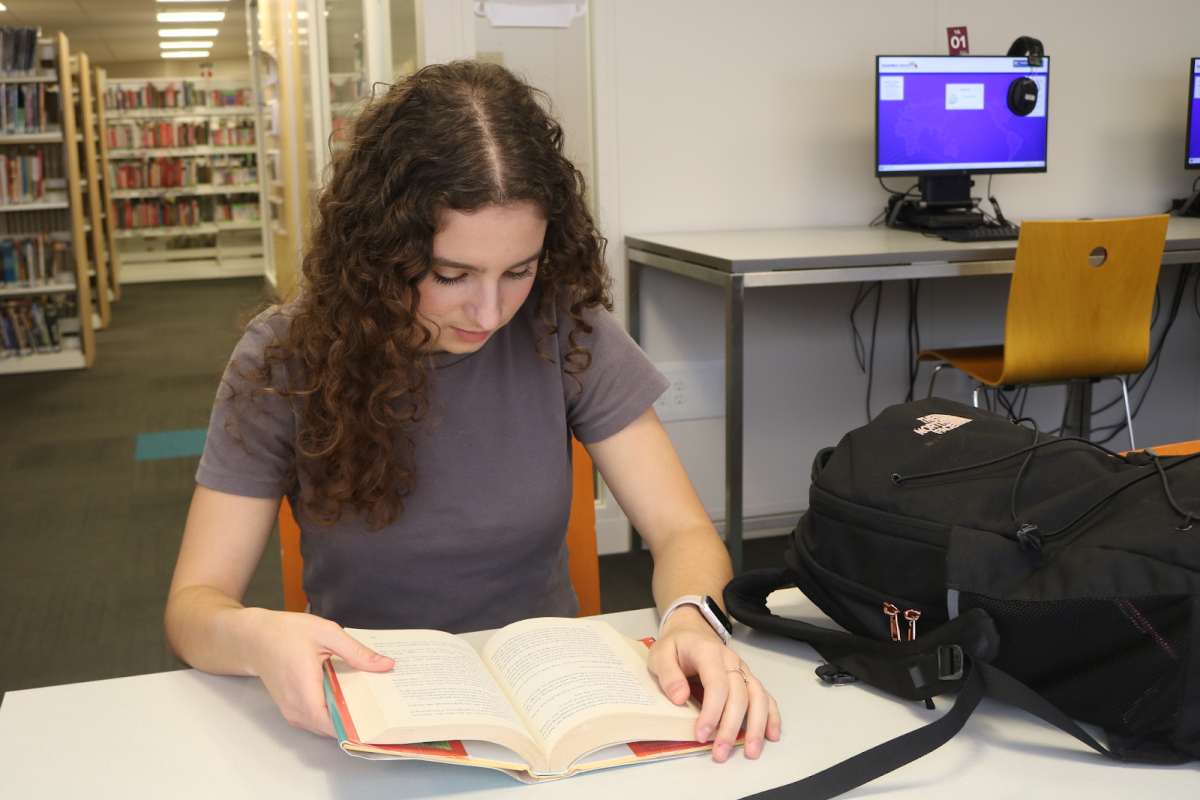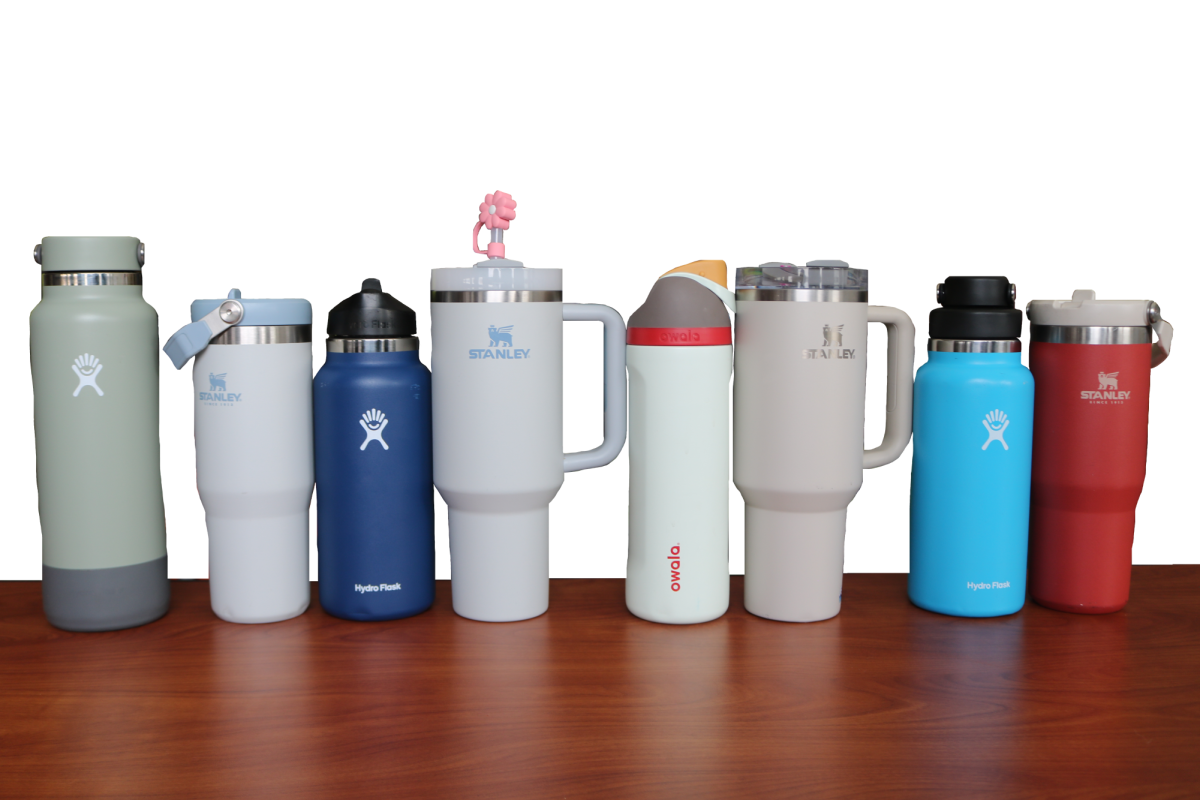Although America is one of the richest and most developed in the world, the education system is not improving at the levels it should be. America spends more money per student than most countries, our test scores are well below average. We are stagnant, not improving, while plenty of countries are making big strides in developing their education systems. Plus, American schools have a huge ten-week gap between the school year. Therefore, by combining all of this together, it simply spells trouble for America’s education system.
In 2011, according to University of Southern California’s website, America spent $7,743 per a pre-college student while Finland, one of the best countries in the education department, spent $5,653 per student. It may seem like, since America spends the most in their education system, that should mean that we’re supreme. However, shoving tons of money at a program doesn’t magically make it obtain the learning techniques that students need to improve.
Also in USC’s report, it disclosed how America is struggling to improve, through the results of the PISA test. It’s an international test given every four years to fifteen year olds around countries. The scores are in math, science, and reading and each is out of 600. America got a 474 in math and 489 in science in 2011. And Finland? 548 in math and 563 in science.
The success of Finland’s (and most of Europe’s education systems) lay in how they treat students. There are no AP classes, there aren’t even honors classes. Everyone is on the same rigorous track, consisting of learning at least three languages by the end of high school, according to Take Part, an online news and lifestyle magazine. Also, Finland has a light amount of homework and barely any tests because usually a teacher follows a class of students for five years rather than, in America, having to switch teachers every year. This makes it easier for teachers to know their students.
Plus, teachers in Finland, have to be the best of the best. The need to graduate at the top of their class in college. Then, they must apply into the eight colleges that grant teacher’s masters degrees. Just as an example of how competitive of a career it is, in 2010, 6,600 applied for the 600 spots for spots to get their masters degrees.
Finnish education is based on socialization, not on grades. Teachers focus on helping kids figure out how to communicate to others, learn how to connect with society, and zero in on supporting responsibility along with growing as a person instead of just on grades and flat subjects (grades aren’t even given until high school!)
In addition, like many other European countries, Finland gives students at the age of 16 the opportunity to stay on a college preparatory path or they can go to vocational school, which 43% of students choose to do, according to Take Part. Students are able to do what they love, and they get a chance to prepare themselves for life in adulthood easier than in America since we don’t provide this accommodation (plus, it makes their graduation rate 96% while America’s is a mere 75%, according to GreatSchool).
European schools also tend to have an all-year calendar, where their vacations are spread out in two-four week breaks. This alleviates the pressure students feel to relearn different subjects. Plus, when taking a 10-week chunk of time away from mandatory learning, this almost guarantees that teachers must spend a couple weeks reviewing what we learned last year. Therefore, with an all-year school calendar, it creates more time to progress into new subjects rather than wasting time reviewing older material.
Finland’s so-called “unorthodox education system” seems to be doing the trick, even though it has around the same number of school days (190, while the U.S. has around 180), they spend theirs more wisely. Their system tends to stray from tradition ones since they offer less homework, more rest time, and less school hours than the normal requirements, yet Finland is performing better than most countries academically.
And this whole thing isn’t directed at LHS, not in the least, because this school is one of the best in our average national education system. And that is also the most unfair part about education in America–your quality of education is dictated by where you live. Since states are in control of education for the most part, it generally means that if your state has money, then you get a great education. But if you can’t afford to live in a place like that, then it essentially means you can’t afford a good education. According to the National Education Association, in the 2012-13 school year, Vermont spent the most per student, $19,752, while Texas spent the least at $8,275 per elementary/high school kid. This unfortunately explains how America’s PISA test results vary by 15 percent while other European and Asian countries vary by less than ten percent because schools get similar amount of funding. This has to be one of the worst things in America: money controlling whether education festers or soars in a region, when it shouldn’t matter.
If there’s one thing Europe has right, it’s that education is high quality all around, and that education is usually free. America still has a lot to learn.



